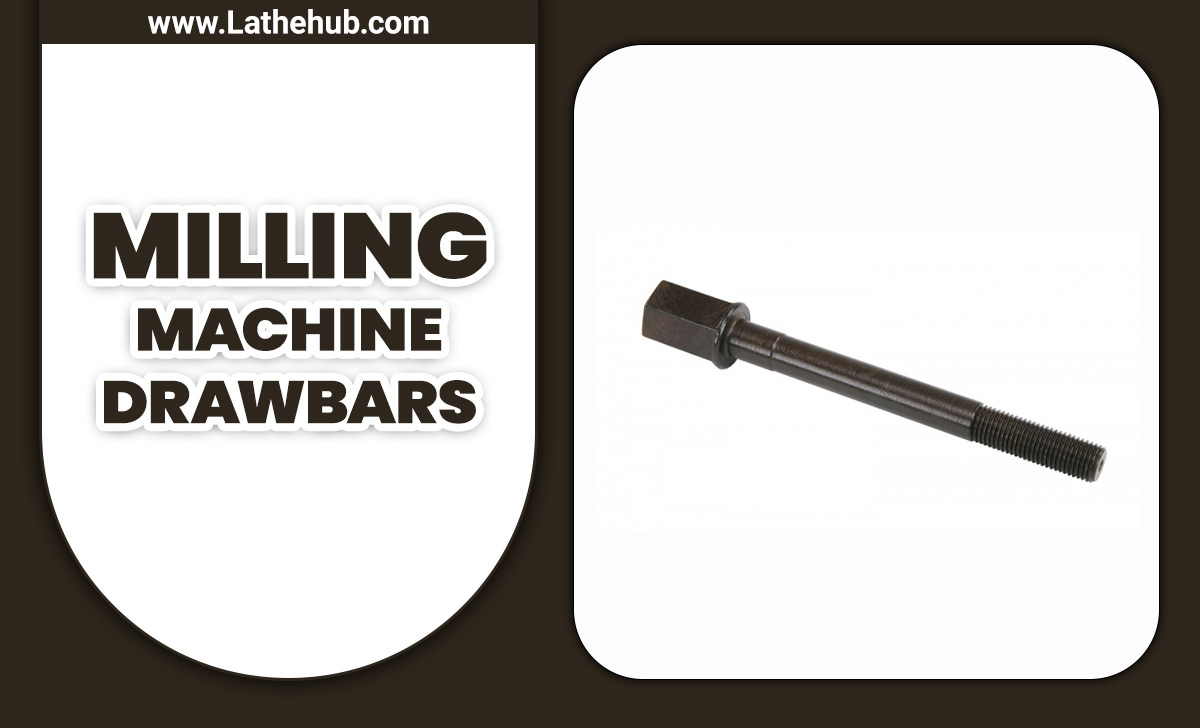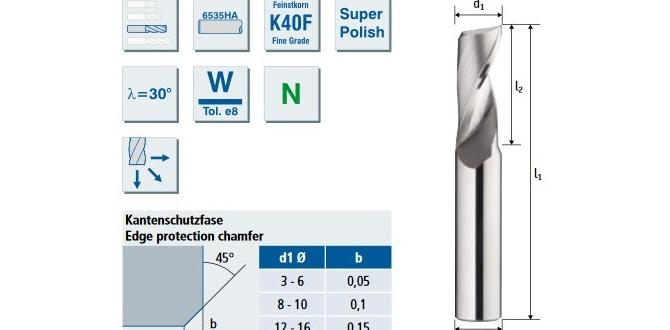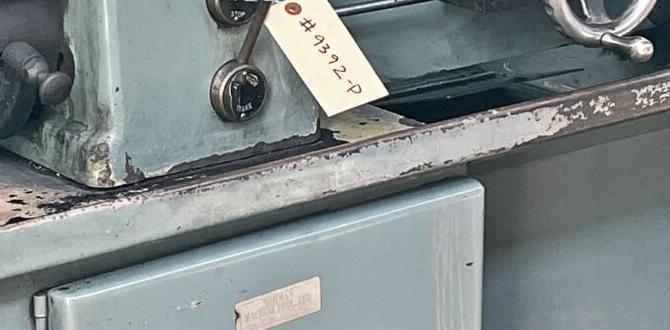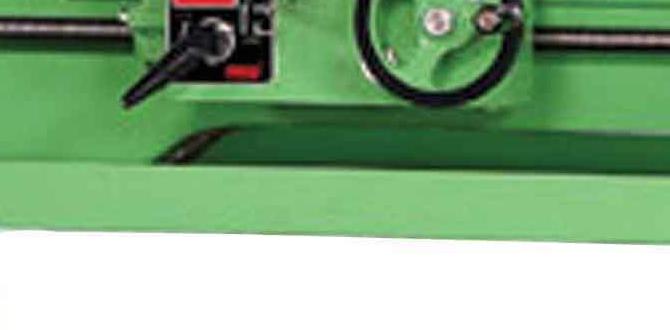Wood lathe vibration is often caused by an unbalanced workpiece, loose components, or an unlevel machine. Addressing these issues with proper mounting techniques, regular maintenance, and centering your work will lead to smoother, safer, and more accurate turning, ensuring a better finish and a more enjoyable experience.
Those shaky, rattling vibes coming from your wood lathe can be more than just annoying – they can affect the quality of your work and even be a safety hazard. As a beginner, it’s easy to get frustrated when your lathe feels like it’s about to take off! But don’t worry, most wood lathe vibration problems have simple, straightforward solutions. I’m Daniel Bates from Lathe Hub, and I’m here to guide you through understanding why your lathe is vibrating and how to stop it. We’ll break down the common culprits, from that wobbly piece of wood to a tired tool rest, and give you practical, easy-to-follow fixes. Get ready to say goodbye to the shakes and hello to smooth, satisfying turning!
Understanding Wood Lathe Vibration: What’s Happening?
Woodturning is a fascinating craft, but it relies on a delicate balance between speed, material, and machine stability. When that balance is off, you get vibration. Think of it like an unbalanced washing machine load – things start to jump and shake. On a wood lathe, this vibration can manifest in several ways: a rattling noise, a shaking tool rest, the entire machine dancing across the floor, or a rough finish on your workpiece. Understanding the root cause is the first step to a smooth operation.
The Unbalanced Workpiece: The Most Common Culprit
This is by far the most frequent reason for vibration, especially when you’re starting out. When the wood isn’t perfectly centered on the lathe’s headstock and tailstock, or if it has irregular shapes, the centrifugal force generated as it spins throws the weight unevenly. Imagine spinning a lopsided potter’s wheel – it would wobble like crazy! The heavier side of the wood will want to fly outwards, creating a powerful force that your lathe has to fight against. This force translates directly into vibration.
Why an Unbalanced Workpiece Causes Vibration:
- Uneven Mass Distribution: When the wood’s center of mass isn’t aligned with the axis of rotation, the spinning creates an imbalance.
- Centrifugal Force: As the workpiece spins faster, the outward force from the heavier side increases dramatically, amplifying vibrations.
- Impacts on the Tool Rest and Lathe: This imbalanced force pushes and pulls against the lathe’s components, leading to noticeable shaking.
Loose Components and Mountings
Your wood lathe is made up of many parts, and if any of them aren’t secured properly, they can contribute to vibration. This includes everything from the workpiece itself being loose on the spur drive or faceplate, to the tool rest being improperly positioned or tightened, or even the lathe bed or legs being loose.
Common Loose Components:
- Workpiece on Spur Drive/Faceplate: If the wood isn’t firmly attached to the drive system (like a spur center) or a faceplate, it can shift during turning.
- Tool Rest Clamp: A tool rest that isn’t tightly clamped to the banjo can vibrate independently, making noise and affecting your cut.
- Lathe Bed and Legs: If the lathe’s main structure isn’t solid and secure, it will amplify any vibrations.
- Motor Mounts: While less common, loose motor mounts can also contribute to shaking.
Unlevel or Unstable Lathe Base
A stable foundation is crucial for any machine, and a wood lathe is no exception. If your lathe is not perfectly level on the floor, or if the floor itself is soft or uneven, vibrations will be magnified. Think about placing a wobbly table on a carpet – it moves around much more than on a solid, level surface.
Factors Contributing to an Unstable Base:
- Uneven Floor: A sloped or bumpy workshop floor is a primary cause of instability.
- Soft Flooring: Carpets or soft rubber mats can absorb and amplify vibrations.
- Wobbly Stand/Cabinet: If your lathe is mounted on a stand or cabinet that isn’t sturdy, it will shake along with the machine.
Tooling Issues
The tools you use can also play a role. A dull or chipped cutting tool can require more force to remove wood, leading to increased chatter and vibration. Similarly, using the wrong type of tool for the job can also create uneven forces.
How Tooling Affects Vibration:
- Dull Tools: Blunt edges tear wood rather than cutting it cleanly, creating resistance and vibration.
- Incorrect Tool Geometry: Using a scraper where a gouge would be more appropriate can lead to a rougher cut and more vibration.
- Tool Chatter: This is a specific type of vibration that occurs when the tool skips or chatters across the wood surface, often due to a combination of dullness and improper cutting technique.
Proven Fixes for Wood Lathe Vibration
Now that we know the usual suspects, let’s get to the solutions. These are practical tips that will help you get your lathe running smoothly again.
Fix 1: Proper Workpiece Mounting and Balancing
This is your first line of defense. A well-mounted and reasonably balanced workpiece makes a world of difference.
Steps for Secure Workpiece Mounting:
- Inspect Your Drive Centers and Faceplates: Ensure the spur drive has sharp spurs and the faceplate is clean and flat. Damage or debris can prevent a snug fit.
- Securely Mount the Wood:
- Spur Drive: Position the wood against the spur drive and hammer or press it firmly onto the drive tooth without damaging it. Ensure it’s seated well.
- Faceplate: Use multiple screws to attach your wood blank to the faceplate. These should be evenly spaced and securely tightened.
- Tailstock Support: For most turning, especially with longer or irregularly shaped blanks, always use the tailstock for support. Ensure the live center (the part that spins with the wood) is properly greased and turning freely.
- Initial Slow Speed Turning: When starting with a newly mounted, irregularly shaped blank (like a natural-edge bowl blank), always begin at the lowest possible speed. Gradually increase the speed as the wood becomes more round and balanced. This process is called “rounding the blank.”
Fix 2: Tighten Everything Down!
A loose component is a vibrating component. Be systematic and check every fastener.
Systematic Tightening Checklist:
- Tool Rest Lock: Ensure the lever or knob that tightens the tool rest to the banjo is fully engaged. You shouldn’t be able to easily move the rest by hand.
- Banjo Connection: Check that the banjo is securely locked onto the lathe bed.
- Headstock and Tailstock Clamps: If your lathe has them, ensure these are tightened.
- Motor Mounts (if accessible): Periodically check that the bolts holding the motor to its mount are snug, but be careful not to overtighten and strip threads.
- Center Screw/Locking Mechanisms: Make sure any bolts or screws holding major parts of the lathe together (like the headstock or tailstock if they can be repositioned) are tight.
Fix 3: Ensure Your Lathe is Level and Stable
A solid, level base is non-negotiable for smooth operation.
Achieving a Level and Stable Lathe:
- Chock the Wheels (if on casters): If your lathe is on a mobile base, ensure the wheels are locked or use chocks to prevent it from rolling.
- Use a Level: Place a spirit level on the lathe bed (both front-to-back and side-to-side) and adjust leveling feet or shims under the base until the machine is perfectly level.
- Solid Flooring: For best results, place your lathe on a solid concrete floor. If you must use a softer or uneven floor, consider placing a thick, dense piece of plywood or a specialized anti-vibration mat underneath the lathe. Many woodworkers opt for a well-built, heavy cabinet for their lathe to provide inherent stability. For example, organizations like Popular Mechanics offer excellent guides on building sturdy workbenches and shop furniture that can be adapted for lathe stands.
- Anchor if Necessary: In some cases, especially with very powerful lathes or on less stable floors, you might consider anchoring the legs of the lathe stand to the floor.
Fix 4: Sharpen and Tune Your Tools
Sharp tools are safe tools and they cut cleanly, minimizing vibration.
Sharpening and Tool Maintenance:
- Regular Sharpening: Make it a habit to sharpen your turning tools regularly. Dull tools will chatter and require more force, leading to vibration. Invest in a good sharpening system, like diamond stones or quality grinding wheels.
- Tool Grinding Techniques: Learn the correct angles for your specific tools. A properly ground bevel creates a sharp, effective cutting edge. Resources like Wood Magazine provide excellent tutorials on this.
- Correct Tool Use: Ensure you are using the right tool for the job and presenting it to the wood at the correct angle. For instance, when scraping, a gentle approach is key to avoid digging in and causing chatter.
Fix 5: Check Lathe Accessories and Drive Systems
Sometimes, it’s not the main components but the attachments that cause the trouble.
Accessory Checks:
- Drive Center/Spur: Ensure the spurs are sharp and not bent. A worn spur can cause the wood blank to slip.
- Live Center: Make sure the bearing in the tailstock live center is running smoothly and isn’t seized or excessively loose.
- Chuck Jaws: If you use a chuck, ensure the jaws are clean, free of debris, and properly seated in the chuck body.
- Faceplate Threads: Inspect the threads on your lathe’s spindle and on any faceplates you use. Damaged threads can lead to a poor connection.
Fix 6: Balancing Your Lathe (for severe cases)
While most modern lathes are well-balanced, older or heavily modified machines might benefit from a dynamic balancing check, though this is rarely necessary for beginners with standard equipment.
It’s important to note that for almost all beginner issues, the fix will be found in the first five steps. Dynamic balancing is a more advanced technique that usually involves specialized equipment or expertise.
Troubleshooting Common Vibration Scenarios
Let’s look at some specific situations beginners often encounter and how to fix them.
Scenario 1: Severe Vibration When Starting Work on a Block of Wood
Cause: Highly irregular, unbalanced blank.
Fix: Start at your lowest speed setting. Even if your lathe has a variable speed dial, try to get it as slow as possible. Use the tailstock for support. Gradually turn the blank down to a round cylinder, removing only small amounts of material with each pass. Increase speed only when the blank becomes demonstrably more round and stable. You might need to stop and re-tighten the wood on the spur drive if it feels loose after initial cuts.
Scenario 2: Vibration Only at Higher Speeds
Cause: Could be a slightly unbalanced workpiece, a bearing issue, or the lathe’s structural rigidity. Often, it’s just the inherent limits of the lathe or the weight of the workpiece.
Fix:
- Re-check workpiece balance.
- Ensure tailstock is firmly engaged.
- If the lathe is on casters, consider locking them or placing chocks.
- If the lathe is on a light stand, consider adding weight or reinforcing the stand.
For smaller lathes, there’s a practical limit to how fast you can safely spin larger or heavier pieces. It’s always better to err on the side of caution and slow down.
Scenario 3: Vibration and “Chatter” When Using Scrapers
Cause: Dull scraper, incorrect angle of attack, or the tool rest is too far from the wood. Scrapers are prone to vibration if not used correctly.
Fix:
- Sharpen your scraper immaculately. A wire edge needs to be finely honed.
- Ensure the scraper is presented almost parallel to the wood surface, with just a slight downward angle for the burr to engage.
- Bring the tool rest as close as possible to the workpiece without interfering with the cut.
- Take light, sweeping cuts.
For extensive information on scrapers and eliminating chatter, a great resource is the Woodturners Guild of Ontario, which offers technical articles on common issues like chatter.
Maintenance Schedule for a Vibration-Free Lathe
Regular maintenance is key to preventing problems before they start.
Recommended Maintenance
| Task | Frequency | Notes |
|---|---|---|
| Clean Spindle Threads and Faceplate | Before each use | Removes dust and debris that can cause poor fit. |
| Lubricate Tailstock Live Center | Monthly or as needed | Ensures smooth rotation, reduces friction and wear. |
| Check and Tighten All Fasteners | Quarterly | Includes tool rest clamp, banjo, motor mounts, bed bolts. Vibrations can loosen them over time. |
| Inspect Drive Spurs and Live Centers | Quarterly | Check for damage, sharpness, and proper function. |
| Clean Lathe Bed Ways | Monthly | Keeps the banjo sliding smoothly, preventing binding. |
| Check Motor Belt Tension (if applicable) | Semi-annually | A loose belt can cause inconsistent speed and vibration. Follow manufacturer’s guidelines. |
Adhering to a schedule like this will significantly reduce the chances of unexpected vibrations and ensure your lathe performs reliably. Remember to always consult your lathe’s manual for specific maintenance recommendations.
Advanced Techniques for Minimizing Vibration
Once you have the basics covered, there are a few extra steps you can take for even smoother operation.
Workpiece Material Considerations
The type of wood you’re turning can affect vibration. Very dry, brittle woods can be more prone to chatter than denser, more stable hardwoods. Similarly, woods with irregular grain patterns or inclusions might present more challenges. When starting out with a challenging piece, always proceed with caution and lower speeds.
Using a Bowl Turner’s Steady Rest
For larger bowls or long spindle work that starts to sag or whip, a steady rest can be an invaluable tool. A steady rest supports the workpiece from the bottom or sides, providing crucial stability and dramatically reducing vibration. It works by bracing the spinning workpiece against three points, taking the load off the tailstock and preventing flexing.
Proper Chucking Techniques
If you’re using a chuck, proper mounting is critical. Ensure the jaws are clean and free of wood dust. Seat the jaws fully into their respective grooves before tightening them onto the workpiece. Uneven jaw pressure or debris can lead to an off-center mount and vibration.
Frequently Asked Questions about Wood Lathe Vibration
Q1: Why is my wood lathe vibrating so much when I turn a rough log?
A: Roughest logs are naturally very unbalanced before they are rounded. The key is to start at the lowest speed your lathe offers, use the tailstock for support, and gradually turn the blank down to a cylinder. Remove small amounts of material at a time and increase speed only as the blank becomes more round and stable.
Q2: My tool rest is vibrating even when the wood is spinning smoothly. What could be wrong?
A: This usually means the tool rest is not clamped tightly enough to the banjo, or the banjo is not securely locked to the lathe bed. Double-check that the tool rest locking lever or knob is fully tightened and that the banjo is firmly seated and locked onto the bed.
Q3: I’m getting a lot of “chatter” marks on my workpiece. Is this the same as vibration?
A: Chatter is a specific type of vibration that occurs when the cutting edge of your tool skips or jumps across the wood surface. It can be caused by a dull tool, incorrect tool geometry, improper angle of attack, or a workpiece that is not securely supported. Ensuring your tools are sharp and well-maintained is the first step.
Q4: Can dust and debris cause my lathe to vibrate?
A: Yes, dust and debris can cause






